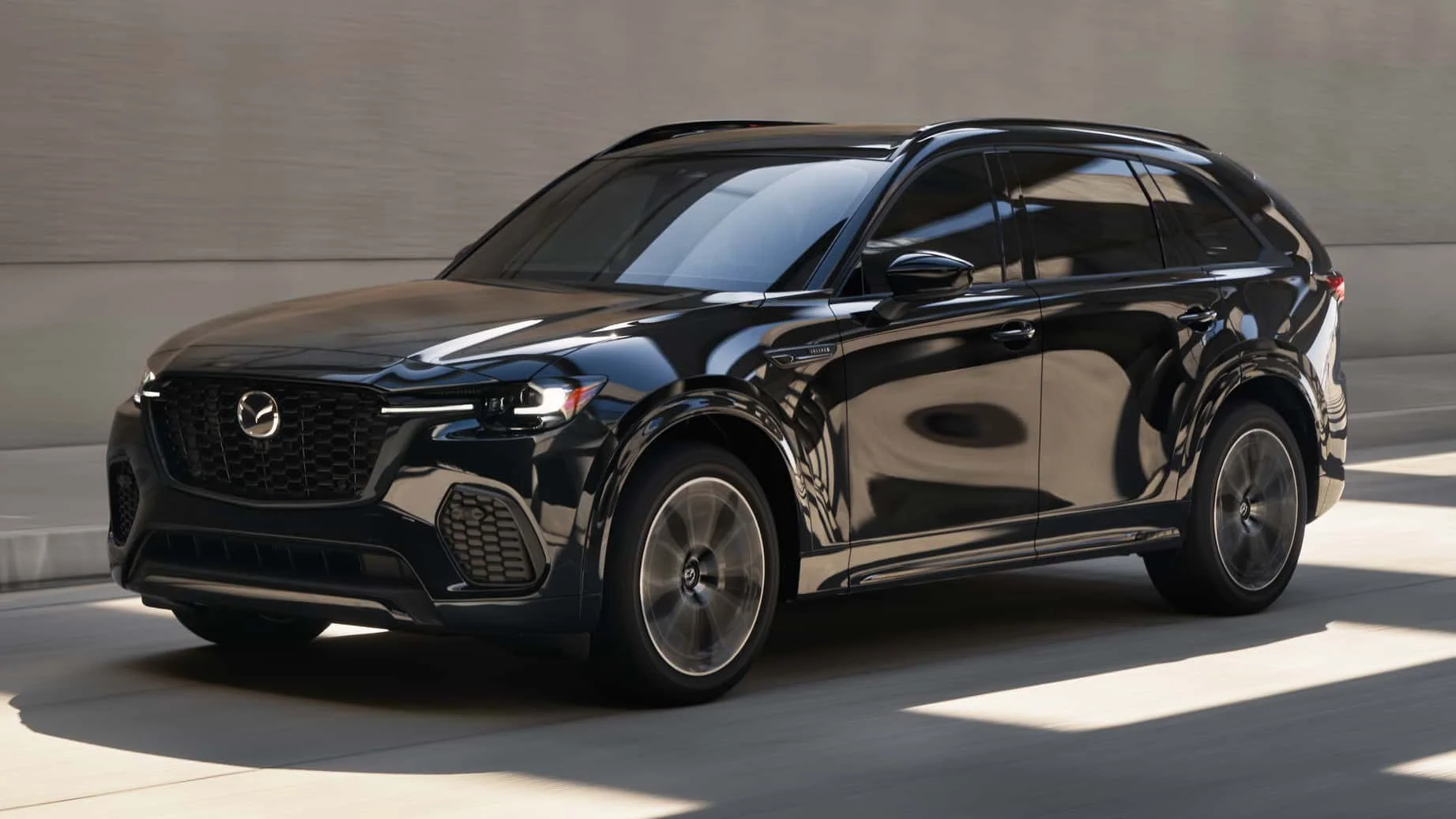Winter driving separates the strong from the weak, and no season is tougher on SUVs than a bitter, salt-covered winter.
Between the icy roads, freezing starts, deep snow, and corrosive road treatments, it’s a season that puts every part of your vehicle to the test—from drivetrain reliability and cold-weather traction to underbody protection and rust resistance.
Some SUVs pass with flying colors. These are the ones that start every morning, handle black ice with confidence, and don’t start rusting at the first sign of salt.
They’re built for the elements, with smart AWD systems, heated essentials, and enough engineering to survive years of harsh winters.
But on the flip side, some SUVs just can’t survive the salt. Maybe the drivetrain is fine, but the metal doesn’t last. Maybe they have AWD but no real traction.
Or maybe their electronics start failing after two seasons of slush and grime. The results are the same: an SUV that looked good new, but can’t survive the environment it was supposedly built for.
This guide breaks down five SUVs that handle winter like champs, and five that crumble under corrosion and cold—so you know what to trust when temperatures drop.
Also Read: 5 EcoBoost Engines That Impress and 5 That Constantly Misfire
5 SUVs That Handle Winter
For many drivers, winter isn’t just a season—it’s a challenge. Slick roads, freezing temperatures, sudden storms, and blinding snow are part of daily life in cold-weather regions. That’s where the right SUV makes all the difference.
Some models don’t just survive the season—they dominate it, offering the kind of performance, stability, and confidence that turns winter driving from a struggle into something manageable.
This list focuses on five SUVs that consistently prove themselves in harsh winter conditions.
These aren’t just vehicles with all-wheel drive badges slapped on—they are machines that combine smart engineering, cold-weather reliability, and corrosion resistance to keep drivers safe and moving when everything else is frozen solid.
Whether it’s deep snow, black ice, or subzero temperatures, these SUVs are known for waking up reliably and handling whatever the road throws at them.
What sets these winter warriors apart isn’t just mechanical grip. It’s a combination of effective AWD systems, heated components, rugged build quality, and smart packaging.
Think block heaters, heated mirrors and wipers, rustproof underbodies, and engines that don’t flinch when the mercury drops.
This isn’t just about features—it’s about real-world survival. These SUVs are the ones that families trust in northern climates, that fleet operators use in snow zones, and that keep moving through slush, salt, and storms without complaint.
We’re highlighting them because, for anyone living in winter-dominant areas, buying the wrong SUV means misery—but buying the right one means peace of mind, even in a blizzard.
Let’s take a look at five SUVs that have earned their stripes as winter-capable, cold-climate champions.
1. Subaru Outback (2010–Present)
While technically a crossover, the Subaru Outback performs like a full-fledged SUV in winter, and for many cold-climate drivers, it’s become the go-to solution for snow, slush, and icy backroads.
Thanks to Subaru’s signature Symmetrical All-Wheel Drive system, the Outback doesn’t just provide traction—it delivers confident, balanced handling in the worst of conditions.
The Outback’s AWD isn’t reactive—it’s full-time. That means power is constantly distributed across all four wheels, improving grip on slick roads without needing to “kick in” after slip is detected, like many front-biased systems.
Combine that with generous ground clearance (8.7 inches or more), and you get an SUV that feels planted and composed even when other vehicles are spinning out.
Another winter asset? Subaru’s X-Mode, available on later models, which optimizes throttle, torque, and braking for snow, ice, and hill descent control. It’s not a gimmick—it genuinely enhances low-traction confidence.
Add in hill start assist, heated seats, heated mirrors, and windshield wiper de-icers, and the Outback checks nearly every box a winter driver needs.
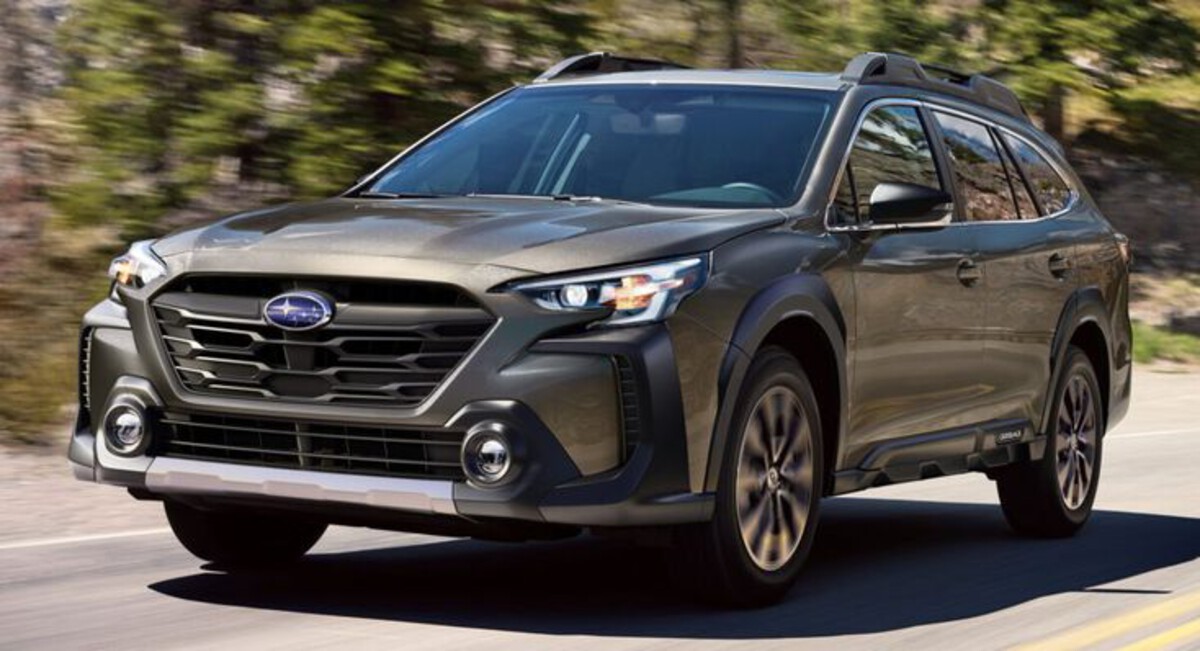
Beyond traction, it’s also a strong cold-weather starter. Subaru’s flat-four engines, especially the 2.5L, are known for starting easily in subzero temperatures.
Reliability is excellent in later model years, and with proper maintenance, rust isn’t a major issue—thanks to improved underbody coatings and better corrosion protection after 2010.
In regions like the U.S. Northeast, Canada, Scandinavia, and Northern Japan, the Outback is a common sight in snowbanks and ski lodges for good reason. It’s easy to drive, safe in slippery conditions, and built with winter in mind.
It may not look rugged in a traditional SUV sense, but don’t let the wagon shape fool you—the Outback is one of the most winter-capable vehicles on the market, and it’s earned that reputation over decades of real-world testing in the toughest seasonal environments.
2. Toyota 4Runner (2010–Present, 5th Gen)
When winter turns brutal and roads turn into frozen battlegrounds, the Toyota 4Runner rises to the occasion like few others. A true body-on-frame SUV with serious off-road credibility, the 4Runner isn’t just built for adventure—it’s built to conquer winter conditions with ease.
Underneath its rugged exterior is a full-time or part-time 4WD system, depending on trim, with low-range gearing that gives it a huge advantage in deep snow and icy trails.
The available Multi-Terrain Select and Crawl Control systems (on TRD trims) make it ideal for navigating steep, slippery terrain, and its ground clearance of over 9 inches means snowbanks are no obstacle.
The 4.0L V6 engine may not be the most modern powerplant on the market, but it’s known for legendary cold-start reliability and long-term durability.
Paired with a five-speed automatic transmission that favors simplicity over sophistication, the 4Runner delivers dependable winter performance year after year—even in extreme subzero environments.
Toyota has also taken steps to make the 4Runner more winter-ready with heated seats, heated mirrors, rear defrost, and windshield de-icers on most trims.
Importantly, it also holds up well to road salt—a common destroyer of many SUVs—thanks to thick frame coatings and strong corrosion protection.
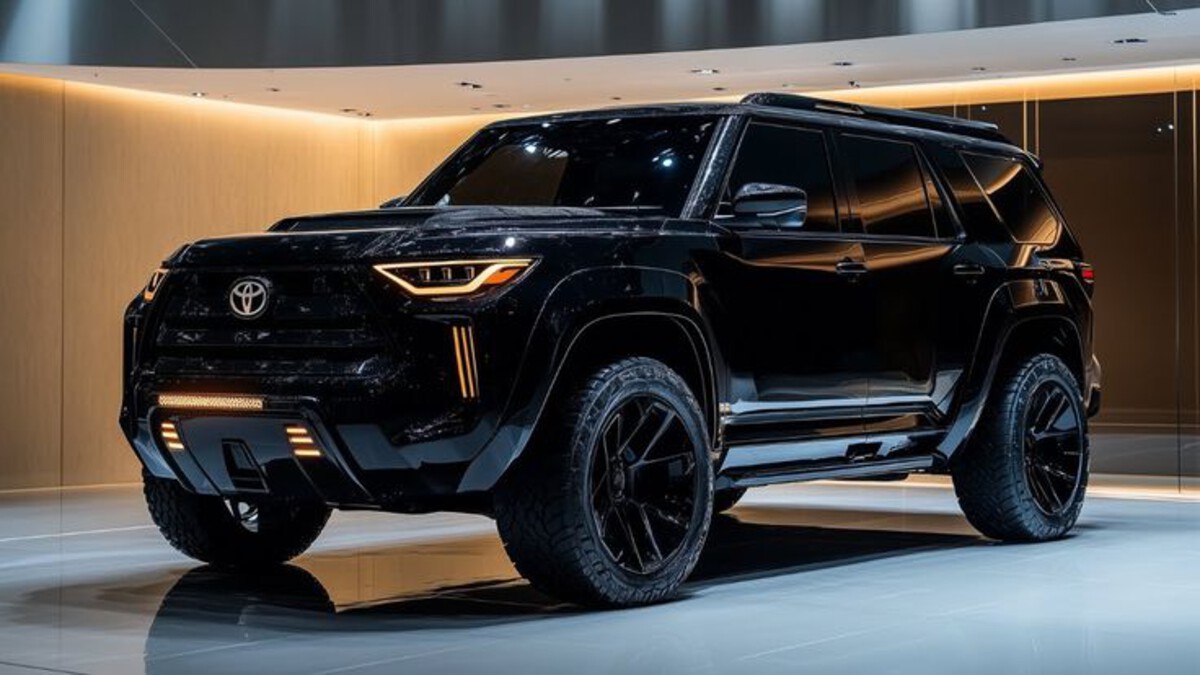
Where the 4Runner really earns its keep is in areas where pavement disappears in winter. Rural backroads, unplowed driveways, and mountainous regions see the 4Runner shine while car-based crossovers struggle.
Its simple, rugged suspension can absorb abuse from rutted roads and packed snow without wear and tear showing up early.
Yes, it’s not the most fuel-efficient SUV, and it’s overkill for urban commuters. But when winter driving becomes about survival, not style, the 4Runner proves itself to be one of the toughest, most winter-hardened SUVs money can buy.
It’s not just built to handle snow—it’s built to laugh at it.
3. Volvo XC70 (2007–2016, 3rd Gen)
If there’s one SUV that combines Scandinavian design with winter survival instincts, it’s the Volvo XC70. Built in a country where snow, sleet, and ice dominate for half the year, the XC70 isn’t just equipped to handle winter—it’s engineered around it.
The third-generation model (2007–2016) is especially notable for blending refinement, comfort, and cold-weather toughness into one practical package.
At its core, the XC70 offers Volvo’s legendary all-wheel drive system, developed in partnership with Haldex. Unlike basic front-biased systems, Volvo’s AWD is proactive and capable—redistributing torque quickly to the rear wheels as needed when slip is detected.
It’s a confident handler on black ice, snow-covered streets, and slushy highways, and delivers calm, stable performance in sketchy conditions.
The XC70’s ride height and underbody protection give it more capability than a traditional wagon, while its heavily insulated cabin and superior heating system ensure maximum comfort during frigid commutes.
Heated seats, heated windshield washers, and optional heated steering wheels all cater to the driver facing Arctic-like mornings.
Under the hood, the available inline-five and inline-six engines are well-suited to cold starts and long winters.
They’re robust, proven, and less finicky than modern small-displacement turbocharged units. While maintenance can be more expensive than Japanese rivals, the tradeoff is durability in the elements—especially with consistent upkeep.
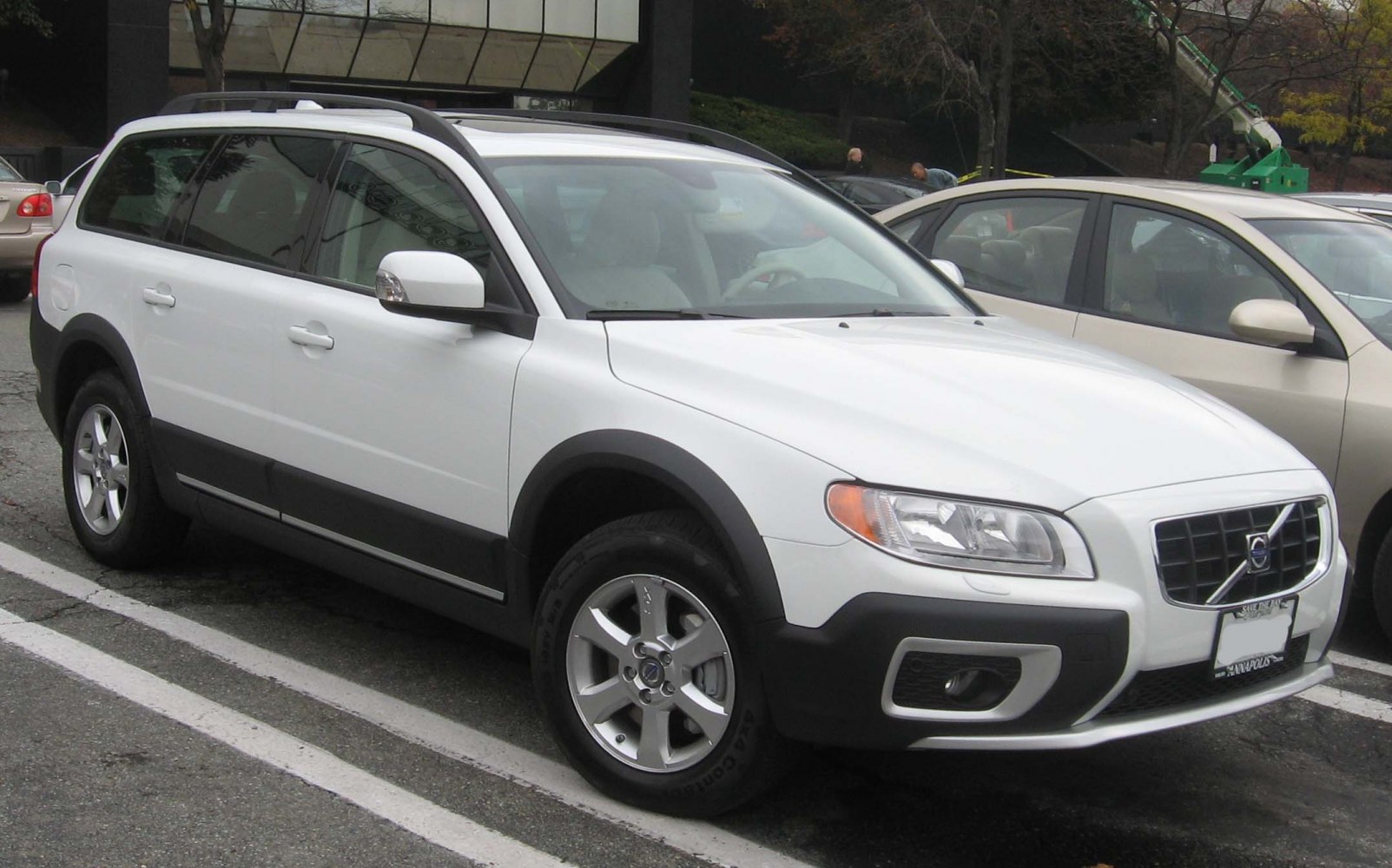
Where the XC70 really sets itself apart is in rust resistance. Volvo’s galvanization process and high-quality undercoating give it an edge in fighting corrosion caused by salted roads.
In regions like Canada, Scandinavia, and the northern U.S., older XC70s still look clean underneath after years of snowy abuse—a rare trait in used SUVs.
For those who want an SUV that doesn’t look like a tank but drives like one in snow, the XC70 is a perfect match. It delivers European comfort with Nordic-grade winter resilience—a combination few vehicles have ever matched.
If winter is a lifestyle, not just a season, the XC70 was built for exactly that reality.
4. Jeep Grand Cherokee (2011–2021, WK2)
The Jeep Grand Cherokee WK2 generation, produced from 2011 to 2021, is one of the few midsize SUVs that combines real winter capability with luxury and comfort.
While many SUVs boast AWD systems, the Grand Cherokee backs up the marketing with multiple drivetrain options, including some that are specifically engineered to master snow, ice, and rugged cold-weather terrain.
Depending on the trim, buyers could get either the Quadra-Trac I, Quadra-Trac II, or Quadra-Drive II 4WD systems.
The latter two are especially suited for serious winter driving, with a two-speed transfer case, low-range gearing, and an electronic limited-slip rear differential that transfers torque to the wheel with the most grip—even when others are spinning on ice.
Add in Jeep’s Selec-Terrain system, which allows you to fine-tune traction for snow, mud, or sand, and you’ve got an SUV that can adapt on the fly.
Where the Grand Cherokee really shines is its balance between winter ruggedness and creature comforts. Heated front and rear seats, a heated steering wheel, remote start, and a well-insulated cabin are standard or available on most trims.
Higher-end models even come with heated windshield washer nozzles and power-folding heated mirrors—features that make frigid mornings bearable.
The 3.6L Pentastar V6 is a proven cold-weather performer, and while the V8s offer more power, the V6 is the most commonly praised for starting reliably in deep cold and requiring fewer repairs.
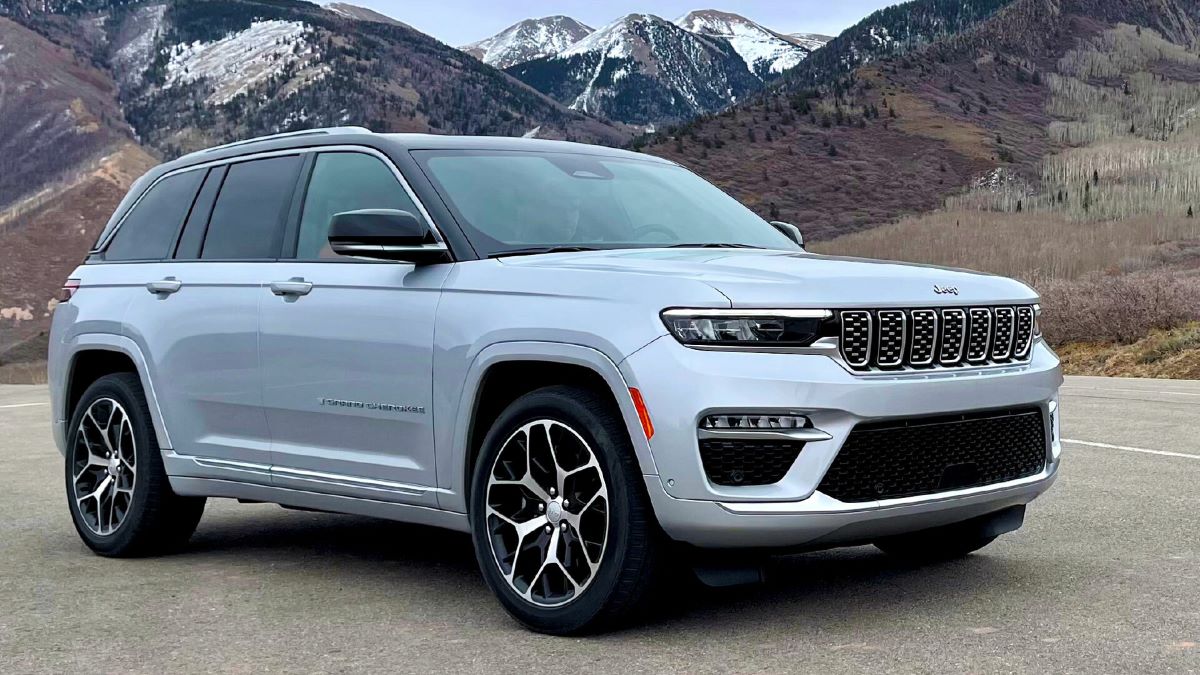
The WK2’s unibody construction provides a comfortable ride, but it’s still strong and stable in heavy snow thanks to solid suspension geometry and good weight balance.
Salt resistance is better than average, especially on later models with improved undercoating. However, regular underbody washes are still recommended to prevent corrosion on suspension components.
If you’re looking for an SUV that doesn’t just get you through winter but makes it comfortable, capable, and even enjoyable, the Jeep Grand Cherokee WK2 offers one of the most complete winter-driving packages in its class.
It’s not just for the trail—it’s for the snow-covered school runs, mountain passes, and icy commutes too.
5. Honda CR-V (2012–Present, 4th & 5th Gen)
The Honda CR-V, especially the 2012–2016 (4th gen) and 2017–2022 (5th gen) models, has earned a solid reputation as a reliable, winter-ready compact SUV that excels in cold climates.
It’s not flashy, nor does it promise extreme off-road capabilities—but in daily life, on snowy streets and salt-covered highways, it’s the SUV that just keeps showing up and working.
The CR-V’s Real Time AWD system may not be as rugged as Jeep’s or Subaru’s, but it’s surprisingly competent.
It uses a smart, reactive AWD setup that sends power to the rear wheels when slip is detected, helping the CR-V maintain traction on snowy roads, slushy driveways, and icy inclines.
It doesn’t require driver input and works seamlessly in the background, making it ideal for those who want worry-free winter handling without the complexity.
Cold-weather performance is enhanced by the CR-V’s strong heating system, quick-defrosting windows, and available heated front seats and mirrors.
On newer models, features like remote start, dual-zone climate control, and windshield de-icers make winter commutes more bearable.
But what really sets the CR-V apart is its dependability in the cold. The 2.4L and 1.5L turbo engines are both proven cold starters, and the CR-V’s electrical system is rarely troubled by freezing temps.
Owners in northern U.S. states, Canada, and northern Europe report excellent cold-start reliability, even after long nights in sub-zero conditions.
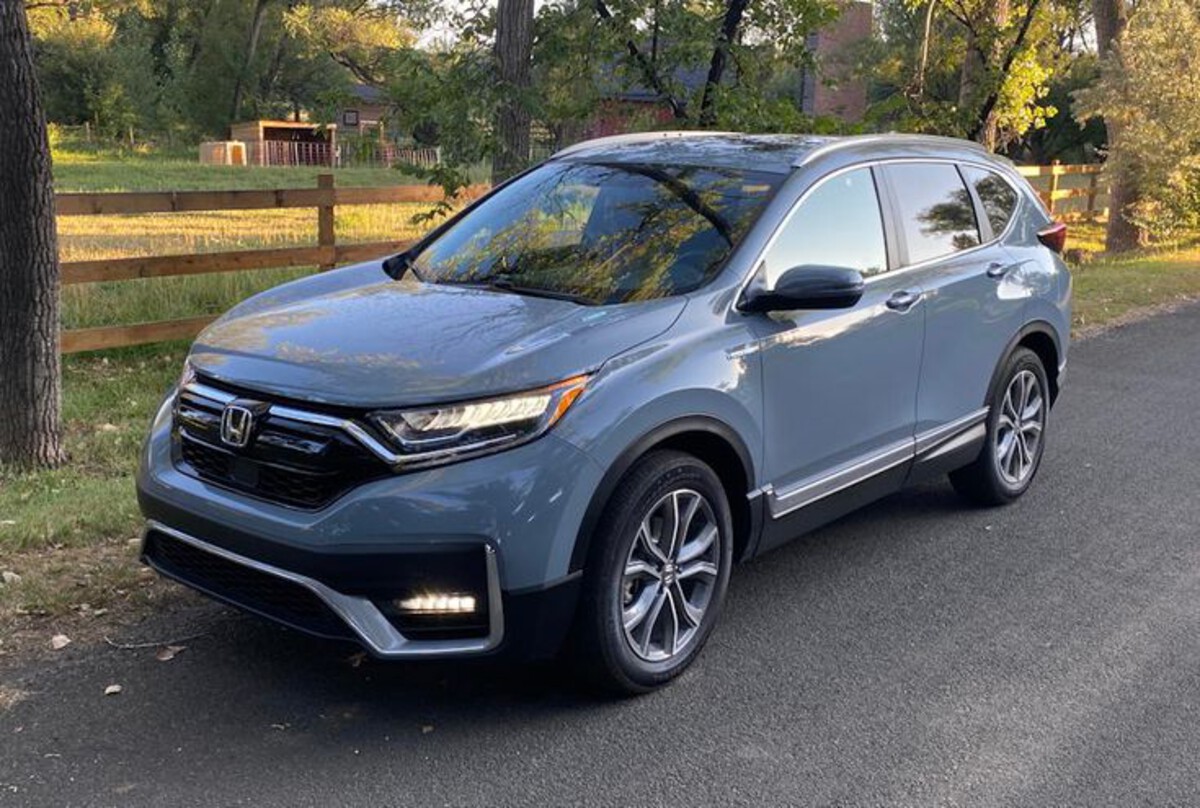
It also scores well in rust resistance, especially in later models with better undercoating and corrosion protection.
While regular underbody washes are still wise, the CR-V doesn’t have a reputation for quickly succumbing to salt-induced rust like some competitors do.
Add in great visibility, predictable handling, solid safety scores, and good ground clearance, and the CR-V becomes a favorite for families and commuters who deal with harsh winters but don’t need full 4WD.
In short, the Honda CR-V isn’t just affordable and fuel-efficient—it’s a quiet winter warrior that tackles everyday snow, ice, and slush with calm confidence, year after year.
5 SUVs That Can’t Survive Salt
Winter isn’t just about snow and ice—it’s also about salt, and that’s where many SUVs meet their downfall.
While cold starts and traction can be overcome with the right features, corrosion is relentless, especially in regions where road crews rely heavily on salt and brine to keep ice at bay.
Over time, salt eats away at underbodies, brake lines, subframes, and body panels—leaving some SUVs literally rotting from the inside out.
The problem? Many manufacturers focus heavily on features like heated seats or AWD, but cut corners where it counts most in winter: rust protection.
Some SUVs come with poor undercoating, exposed weld seams, or insufficient drainage—making them vulnerable to salt intrusion.
Others use cheaper steel or skip key galvanization steps, leaving critical areas like door sills, fuel lines, and suspension mounts to suffer long-term damage.
The vehicles in this list aren’t just susceptible to surface rust. In real-world winter conditions, they’ve gained reputations for early corrosion, frequent component failures, and costly structural damage—all driven by road salt exposure.
This list isn’t based on isolated complaints—it’s backed by owner forums, mechanic reports, and long-term testing in salt-heavy regions like the Northeast U.S., the Rust Belt, and parts of Canada and Scandinavia.
These SUVs may drive fine when new, but over time, their resistance to salt exposure is so poor that they become money pits—or worse, unsafe.
If you live where roads are white with salt all winter, these are five SUVs to think twice about.
1. Ford Escape (2008–2012, 2nd Gen Facelift)
The 2008–2012 Ford Escape might seem like a practical and affordable compact SUV, but for drivers in snowbelt regions, it has proven to be a corrosion-prone nightmare.
While early sales were strong thanks to its updated styling and available AWD, these Escapes have since developed a reputation for poor rust resistance, especially in areas where road salt is heavily used.
The most concerning issues lie underneath. Owners and mechanics frequently report premature rust on rear subframes, control arms, and wheel wells—sometimes leading to structural failure before 160,000 km (100,000 miles).
Ford even issued service bulletins for corrosion in the rear wheel arches and lower control arm mounts due to metal fatigue caused by salt exposure. In some cases, the rust was severe enough to cause rear suspension components to break free, a clear safety risk.
The underbody’s lack of protective coatings left it vulnerable in high-moisture, high-salt environments. Areas like the Midwest U.S., Northeast Canada, and Northern Europe saw Escapes disintegrating much faster than competitors.
Owners who failed to perform regular undercarriage washes were hit hardest—but even those who did reported rust creeping into door sills, rocker panels, and fuel filler surrounds by year five.
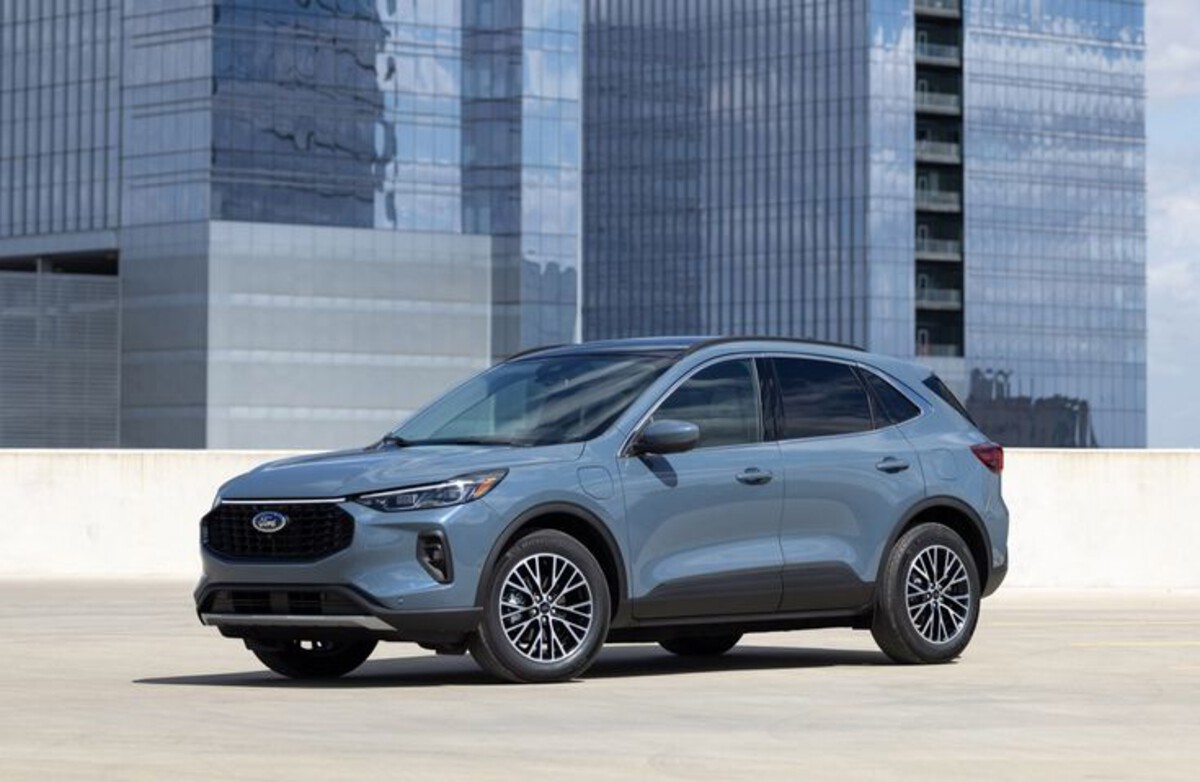
It wasn’t just the body. Brake lines and fuel lines often corroded prematurely, leading to expensive repairs and early part failures. When questioned, many mechanics pointed to the use of low-grade steel and inadequate drainage designs as root causes.
To make matters worse, the Escape wasn’t alone. Its sibling—the Mercury Mariner—shared these issues, adding to the platform-wide reputation for winter corrosion.
And while the AWD system itself was decent, it did nothing to offset the reality that the vehicle was not built for long-term winter survival in salted environments.
In mild climates, the Escape was fine. But in salt-prone areas, it turned into a rolling corrosion case study—proving that without proper protection underneath, no amount of traction matters.
2. Nissan Pathfinder (2005–2012, 3rd Gen – R51)
The third-generation Nissan Pathfinder (R51), sold between 2005 and 2012, had the makings of a winter-capable SUV: rugged frame-on-body construction, available 4WD with low range, and a strong V6 engine.
But despite its off-road credibility, the R51 Pathfinder has earned a notorious reputation for rapid rusting and severe underbody corrosion, especially in cold-weather regions where road salt is common.
The most alarming issue? Frame rot. In many cases, the corrosion wasn’t just cosmetic—it was structural. Rear frame rails, particularly near the trailing arms and fuel tank area, were highly susceptible to rust-through.
Some Pathfinders were deemed unsafe to drive, with suspension components separating from the chassis due to rust-eaten mounts. Numerous owners reported failures at under 150,000 km (93,000 miles), despite regular maintenance.
Rust was also a persistent problem on rocker panels, door sills, tailgates, and fuel lines. The factory rust protection proved insufficient against winter road brine, and the boxy frame design trapped salt and moisture in areas with poor drainage, accelerating internal corrosion.
Even Pathfinder owners who regularly washed their undercarriage often saw rust emerge aggressively within just a few winters.
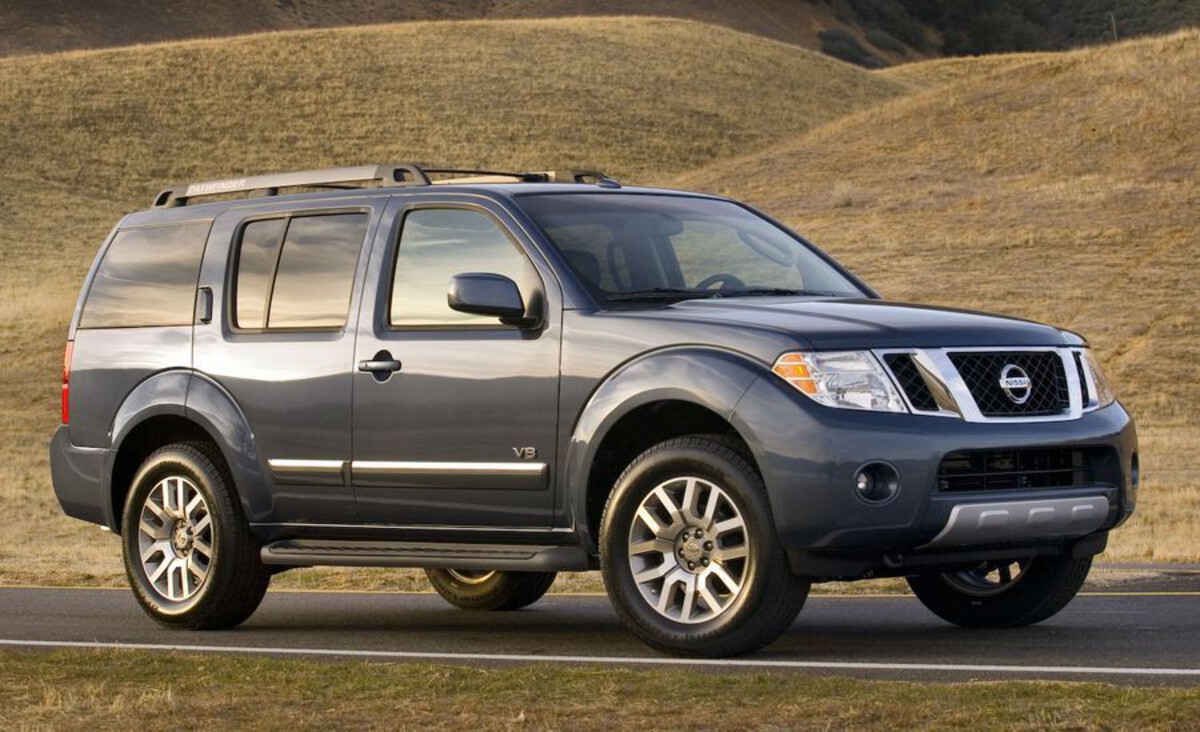
Nissan did issue service bulletins and recalls related to rust in some regions, including the U.S. and Canada, particularly for steering column brackets and front strut towers, but not all problem areas were covered. Many owners were forced to foot the bill for major frame reinforcement or simply junk the vehicle.
To make matters worse, the rear hatch latch and handle mechanisms often failed due to corrosion, and the wiring harnesses and sensors beneath the body were prone to salt-induced shorts and damage—adding electrical headaches to structural ones.
Despite its capable drivetrain, the R51 Pathfinder is now often avoided on the used market in rust-belt areas. It’s not a question of “if” it will rust—it’s when, and how badly. For winter warriors, this SUV may survive a snowstorm—but it won’t survive the seasons.
If you’re buying in a salt-prone region, the Pathfinder’s off-road abilities come at a high cost: its body won’t last long enough to matter.
3. Chevrolet TrailBlazer (2002–2009)
The first-generation Chevrolet TrailBlazer, produced from 2002 to 2009, was once a popular mid-size SUV thanks to its spacious cabin, powerful inline-six engine, and respectable towing capacity.
However, in winter climates where salt is heavily applied to roads, the TrailBlazer became infamous for accelerated rust issues that compromised both safety and longevity.
Owners in salt-belt regions frequently reported frame and subframe corrosion beginning within five to seven years of ownership.
One of the most vulnerable spots was the rear suspension mounts, where rust would creep in and eventually compromise the structural integrity.
The fuel and brake lines, routed along exposed portions of the undercarriage, were also common failure points—prone to corrosion and dangerous leaks, especially in older models that weren’t meticulously maintained.
The TrailBlazer’s wheel wells, rocker panels, rear hatch area, and liftgate were also particularly susceptible to rot.
Drainage was poor, and the protective coatings used during this era were minimal at best. As a result, rust often spread from the inside out, with bubbling paint and perforated panels becoming a regular sight—even on vehicles with under 150,000 km (93,000 miles).
What made matters worse was GM’s lack of long-term rust protection during this generation. Unlike some competitors that began using galvanized steel or more advanced coatings, the TrailBlazer remained relatively basic in its anti-corrosion engineering.
In many cases, even frequent underbody washes couldn’t stop the progression once salt got into the crevices.
Another problem area was the rear tailgate support cables, which could rust and snap—creating a safety hazard when loading cargo.
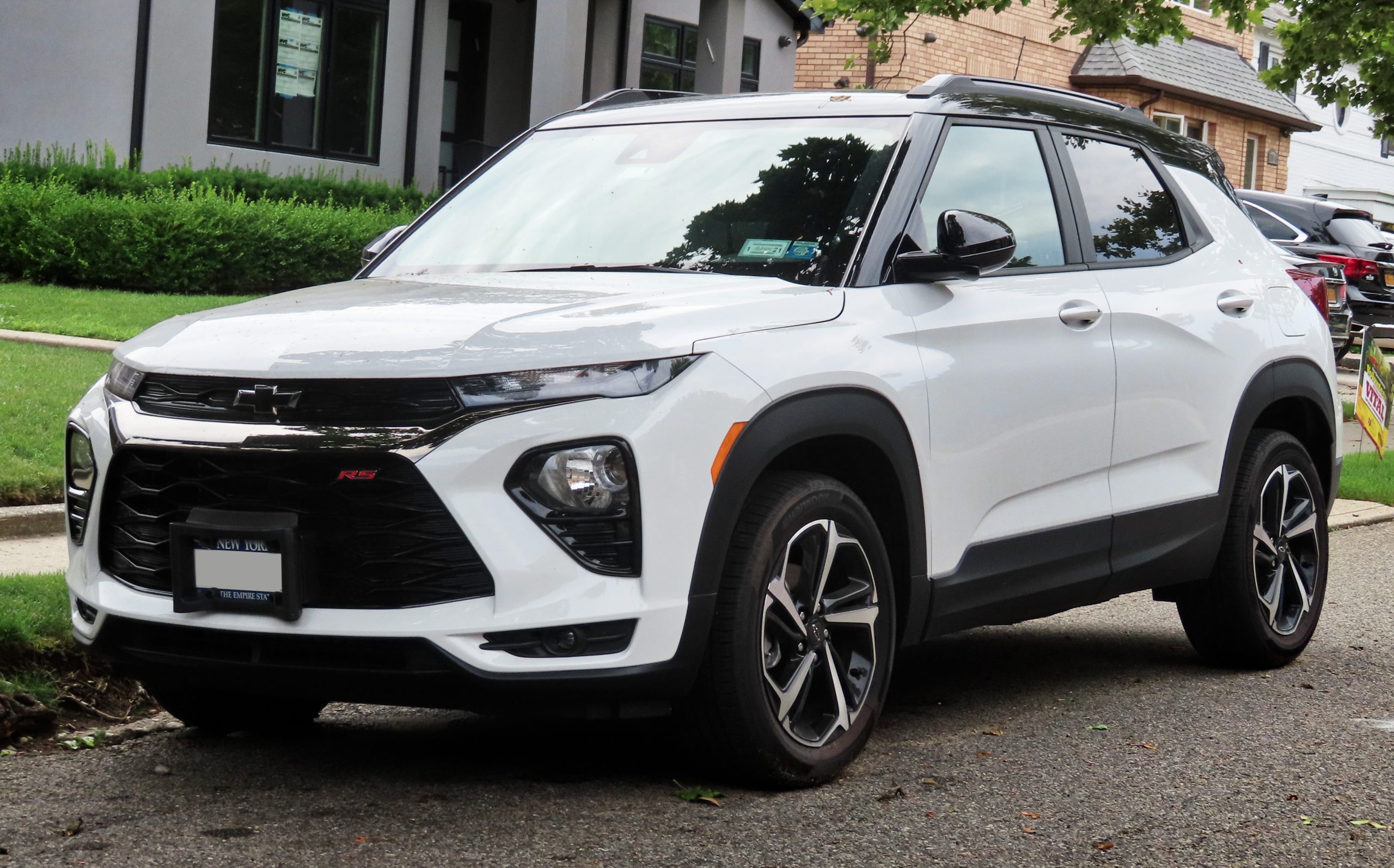
Combined with common electrical issues like corroded grounds and failing sensors caused by moisture and salt exposure, the TrailBlazer became a maintenance burden in winter-prone areas.
Despite having capable 4WD systems and a solid drivetrain, the TrailBlazer simply couldn’t endure repeated winters without paying the price in rust.
While it may have been a decent performer when new, by year eight or nine, many examples were already too far gone underneath.
For anyone living where roads stay white with salt for half the year, the TrailBlazer was a vehicle that might survive the snow—but not the seasons.
4. Hyundai Tucson (2005–2010, 1st Gen)
The first-generation Hyundai Tucson, introduced as an affordable compact SUV, offered decent comfort, fair fuel economy, and available all-wheel drive.
It appealed to cost-conscious buyers who needed winter traction without breaking the bank. But when it came to long-term winter survival—especially in salted regions—this Tucson simply couldn’t hold up.
The most critical problem was poor corrosion protection from the factory. While competitors like Toyota and Honda were already investing in galvanization and advanced coatings, Hyundai was still playing catch-up.
The 2005–2010 Tucson quickly became known for rust-prone underbodies, rocker panels, and rear quarter panels. Within five to seven winters, visible rust was common, and in many cases, it wasn’t just cosmetic—it affected the suspension mounts and structural integrity.
Mechanics across the Rust Belt and Canadian provinces often flagged premature brake line corrosion and rusted-out subframes, especially near the rear axle.
These issues weren’t theoretical: several owners experienced catastrophic failures, including broken rear trailing arms and exhaust system collapses, directly linked to rust.
Even the wheel wells and door bottoms suffered, with bubbling paint and perforations appearing earlier than expected—even on vehicles that were washed regularly.
The Tucson’s paint quality was also suspect, with thin clearcoats and weak resistance to winter chemicals, making it more vulnerable than its competitors.
Salt exposure wreaked havoc on bolted connections, electrical connectors, and grounding points, leading to recurring issues like failing ABS sensors, check engine lights, and poor battery grounding.
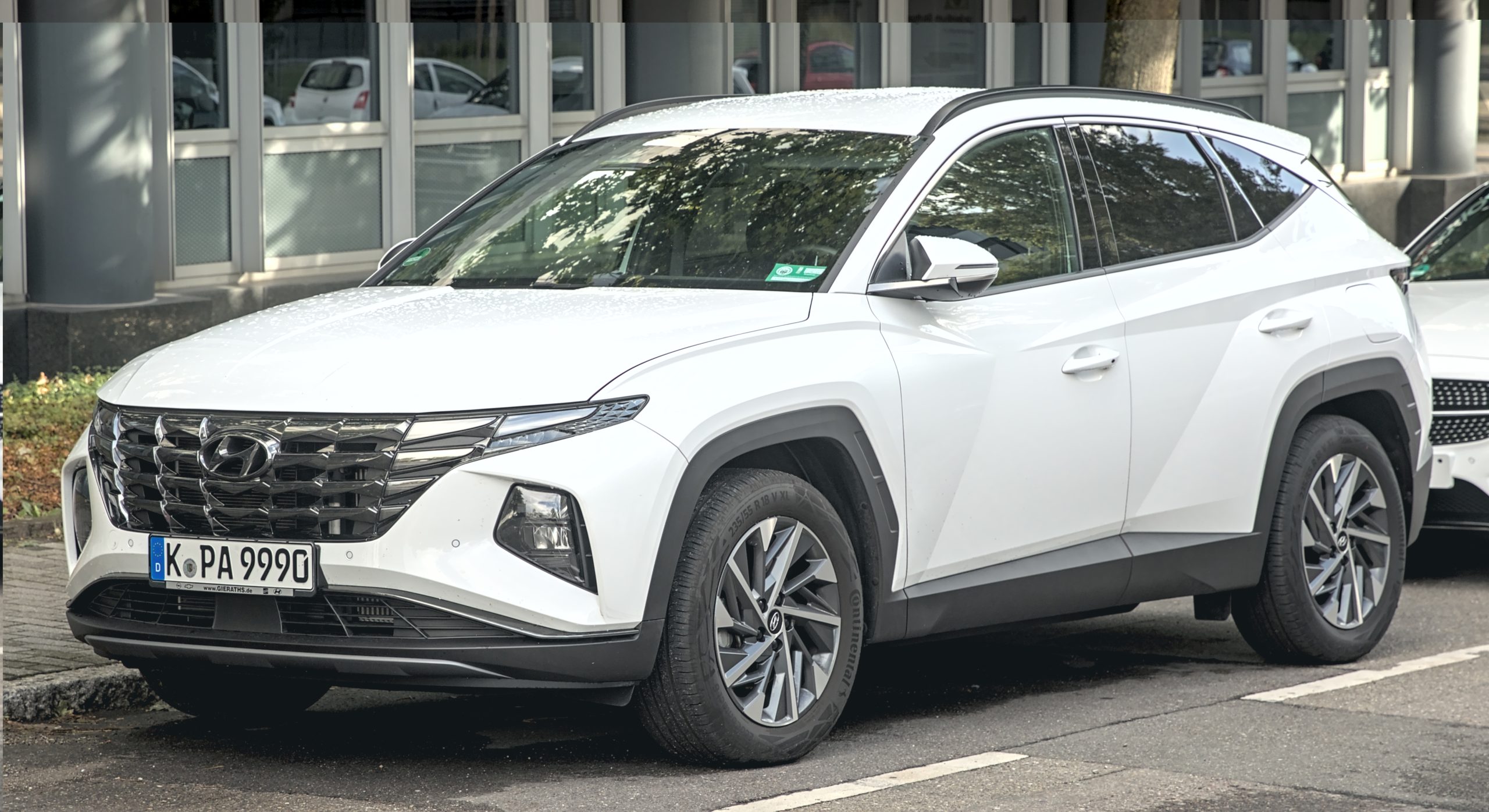
These problems were especially frustrating because the Tucson’s drivetrain and engine were otherwise decent performers in cold conditions.
To its credit, Hyundai improved its rust protection significantly in later generations. But for the first-gen Tucson, winter driving in salt-heavy areas often meant an early retirement due to unfixable underbody rot.
While it may have seemed like a bargain up front, many owners found that within a few years, the repair costs to patch rusted areas far exceeded the vehicle’s value.
In snowy regions with salted roads, the Tucson didn’t need a mechanical failure to break down—corrosion did the job all on its own.
5. Mazda CX-7 (2007–2012)
The Mazda CX-7 entered the crossover SUV scene with sporty styling, a turbocharged engine, and sharp handling that promised a more engaging drive than the competition.
While it had appeal on the surface, underneath that attractive body lay one of the worst rust-resisting SUVs of its time, especially in salt-heavy winter regions.
Mazda, during this era, had a well-documented problem with corrosion protection, and the CX-7 was no exception.
From the rocker panels to the rear wheel arches, premature rust was rampant, with many owners reporting bubbling paint and full-blown rot within four to six years of ownership—even on vehicles with moderate mileage.
The subframe and suspension mounts were frequent victims. In salt-prone states like Michigan, New York, and regions of Canada, it wasn’t uncommon to see CX-7s being pulled off the road due to rust-compromised lower control arms or crossmembers.
Mazda’s rustproofing simply couldn’t handle repeated exposure to road salt, and the design of the undercarriage allowed moisture and grime to accumulate in key spots, accelerating decay.
Even worse, the CX-7’s turbocharged 2.3L engine brought its own set of cold-weather headaches.
High oil consumption, frequent turbo failures, and PCV system issues made winter ownership especially frustrating—especially when cold starts and short drives made moisture buildup inside the engine more likely.
Interior components didn’t fare much better in cold-weather climates. Power window switches, mirror motors, and heater controls were all known to fail prematurely—often traced back to salt intrusion and electrical corrosion.
Combined with Mazda’s relatively thin paint and clearcoat during this generation, the entire vehicle aged quickly when subjected to snow, slush, and brine.
While Mazda would go on to improve its rust protection dramatically with later CX models, the CX-7 has become a cautionary tale.
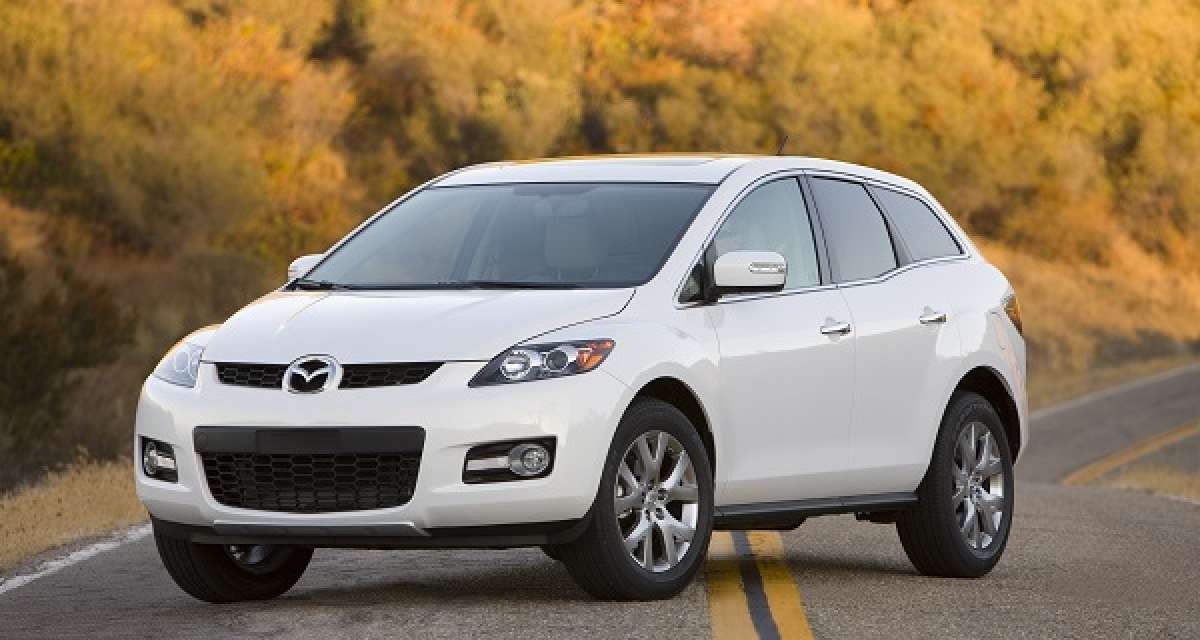
It might have looked like a sporty alternative to bland crossovers, but beneath that enthusiasm was a vehicle deeply unsuited to long-term life in winter climates.
If you lived where salt covered the roads for months, the CX-7 didn’t need to be driven hard to fail—it just needed a few winters. And for many owners, the cost of bodywork wasn’t worth saving the SUV.
Winter doesn’t care how stylish your SUV is, how new your touchscreen feels, or how clever your lane assist system claims to be. When the snow piles up and the salt coats the streets, it’s the fundamentals that separate the true winter warriors from the fragile pretenders.
The five SUVs that excel in winter—the Subaru Outback, Toyota 4Runner, Volvo XC70, Jeep Grand Cherokee (WK2), and Honda CR-V—have something in common: they’re not just equipped with AWD. They’re designed with cold-weather reliability, smart traction systems, corrosion resistance, and daily usability in mind.
These vehicles start when the thermometer dips below freezing. They grip when roads turn into ice rinks. And, crucially, they don’t rot away after just a few winters.
On the other side, we saw how the Ford Escape (2008–2012), Nissan Pathfinder (2005–2012), Chevrolet TrailBlazer (2002–2009), Hyundai Tucson (2005–2010), and Mazda CX-7 (2007–2012) fell short.
These SUVs weren’t necessarily unreliable in mild climates—but their poor rustproofing, weak undercarriage design, and inadequate sealing made them liabilities in salt-heavy regions. For many owners, it wasn’t mechanical failure that sent these SUVs to the junkyard—it was corrosion, often in critical structural areas.
What’s the lesson here? Don’t judge winter readiness by badges or marketing. A true winter SUV is one that not only keeps moving in snow but stays solid and safe through years of freezing rain, salted roads, and bitter mornings.
And that requires more than just AWD—it requires thoughtful engineering and materials that hold up long after the warranty expires.
If you live in a place where the snowplow is a morning companion and road salt is a daily enemy, choose wisely. Winter is the great automotive equalizer—and only the strongest survive it intact.
Also Read: 5 EcoBoost Engines That Impress and 5 That Constantly Misfire

